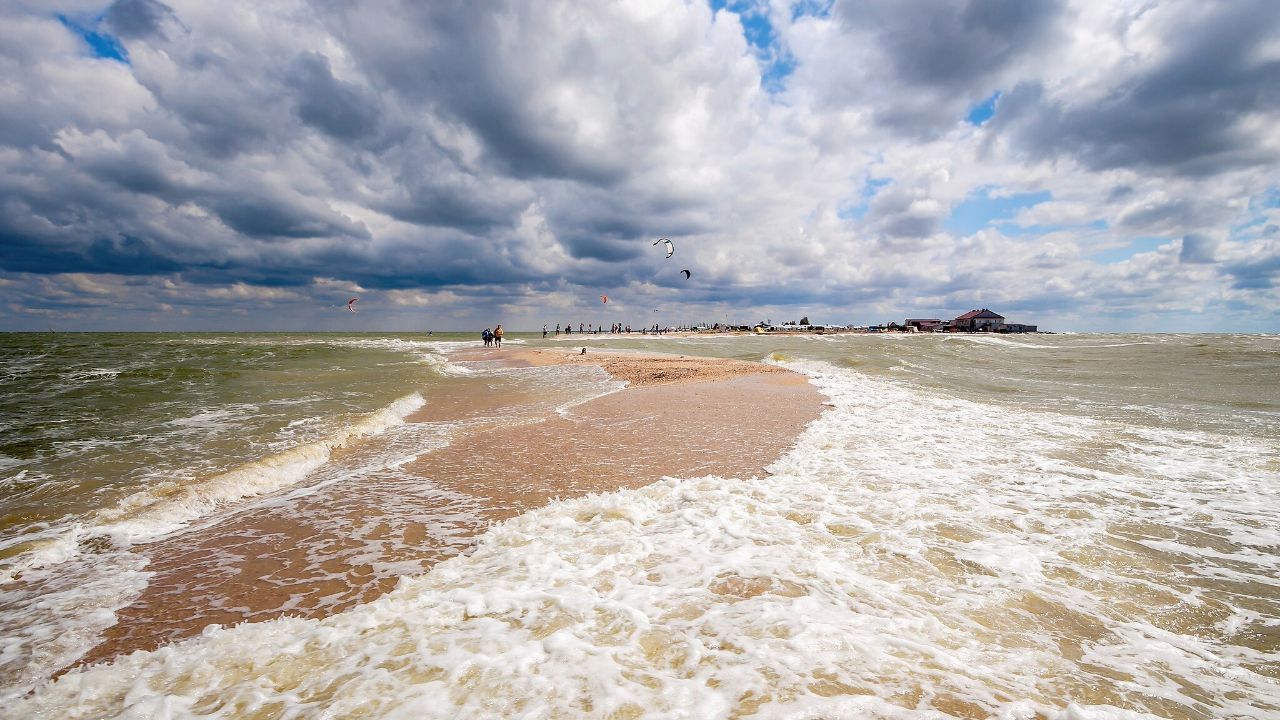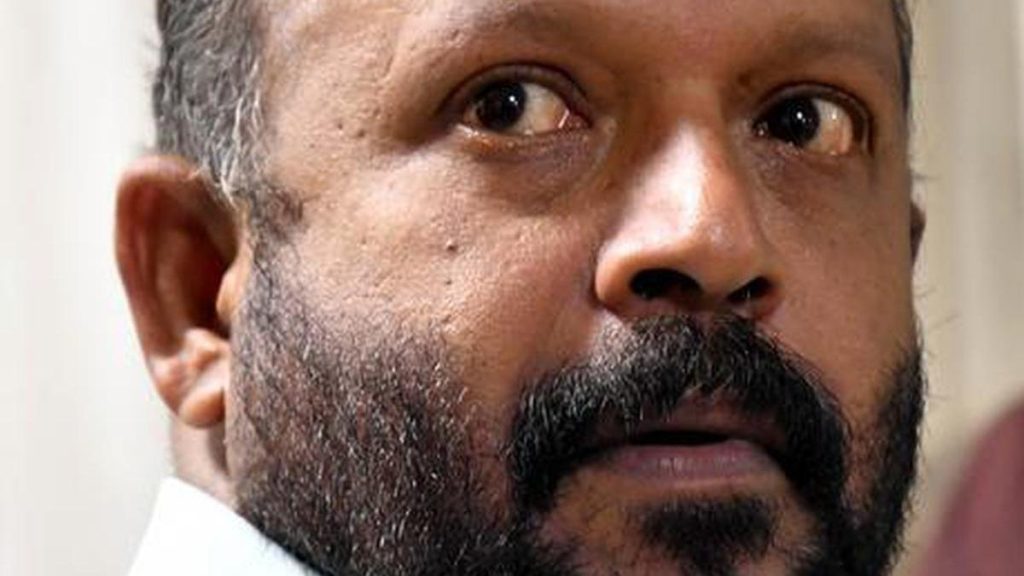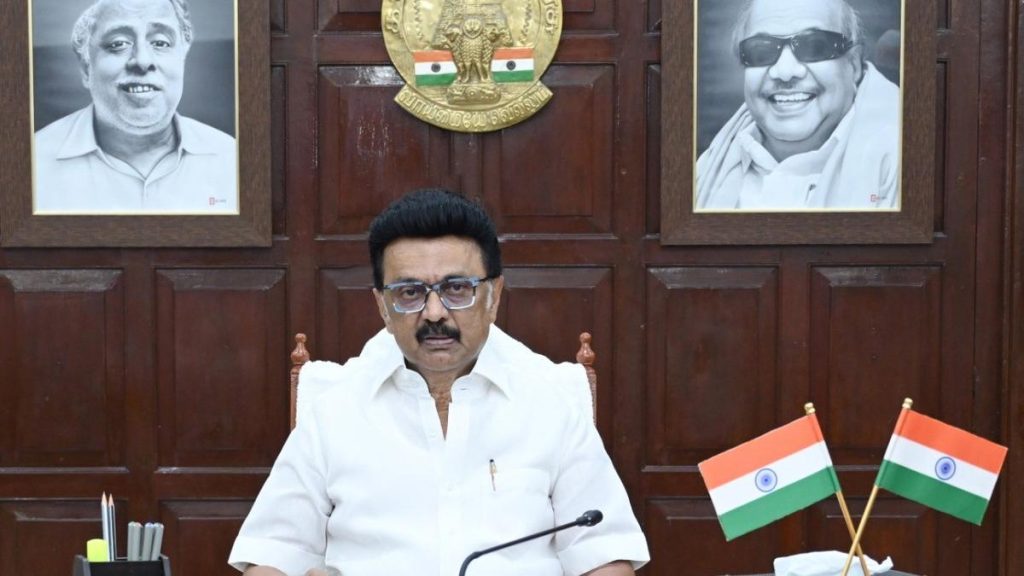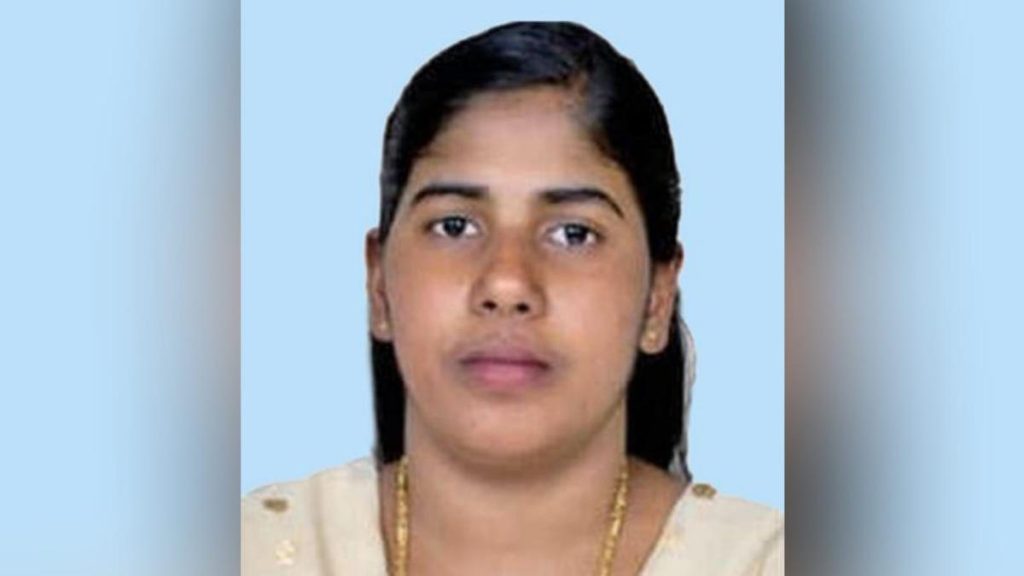Now Reading: Satellites and AI Reveal Illegal Fishing Trends in Protected Areas, Offer Path for Better Enforcement
-
01
Satellites and AI Reveal Illegal Fishing Trends in Protected Areas, Offer Path for Better Enforcement
Satellites and AI Reveal Illegal Fishing Trends in Protected Areas, Offer Path for Better Enforcement

Quick Summary
- Marine Protected Areas (MPAs) currently cover over 8% of the world’s oceans, with a focus on protecting marine ecosystems from industrial fishing.
- A new global study using satellite technology reveals that MPAs where industrial fishing is wholly banned see little to no illegal activity, averaging five fishing vessels per 100,000 square kilometers, versus 42 in unprotected areas.
- The global industrial fishing fleet hauls approximately 100 million metric tons of seafood annually, with over one-third of fish species now overfished.
- Only about 3% of mpas ban industrial fishing entirely – considered the gold standard for conservation.
- Satellite tools like synthetic aperture radar (SAR) and automatic identification systems (AIS) aid enforcement by detecting vessels even when tracking devices are turned off or tampered with. Innovative AI integration has revealed considerable unreported activity globally.
- Enforcement backed by these technologies has reduced illegal activities in cases like Costa Rica’s Cocos Island National Park and other regions.
Indian Opinion Analysis
India, as a nation bordered by vast oceanic stretches and reliant on fisheries for economic sustenance and employment, can draw meaningful lessons from this global study. The demonstrated efficacy of strictly enforced no-fishing zones highlights a potential avenue for boosting marine biodiversity along its coasts while also ensuring the sustainability of local fisheries. Even though current Indian programs include some marine protected areas such as those around the Andaman Islands and Gulf regions like Kutch or Mannar, satellite surveillance integrated with AI seems underutilized in monitoring illegal activities across its Exclusive Economic Zone (EEZ). Leveraging cost-effective remote surveillance coudl strengthen maritime law enforcement while simultaneously deterring poaching-related impacts.
Balancing livelihood concerns alongside conservation objectives remains vital.Locally governed strategies combined with technological advancements may allow India to expand regulated protection zones without exacerbating coastal community hardships critically linked to fishing industries.




























